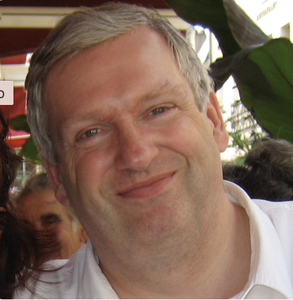The Key to Continual Care Home Success

Harold Sharples CQE CEO
(Continued from Bulletin II)
Ineffective Boards Create Failing Care Homes
Too many directors still spend >70% of their time on quarterly reports, audit reviews, budgets, and compliance — instead of on the matters crucial to the future prosperity and direction of the business.
EFFECTIVE BOARDS hold the KEY to Continual Care Home Success!
“CQE’s Care Home Software was built with board effectiveness in mind”
Culture and People
When we talk about a care home’s culture, we are referring to how it’s people “think about, feel about and do things”.
To put it another way, it’s a care home’s culture that has the greatest impact on its outcomes. Those outcomes include:
-
The quality of care delivered to residents,
-
The atmosphere sensed by visiting family members (“loving” / “uncaring” / somewhere in between).
-
The revenues, profits and popularity it enjoys
A care home’s culture lives and evolves in its people.
We can’t “see” culture, we only “sense” it.
In a maze, all the paths look the same; In a recruitment interview, all people “look” alike.
But some people really care (type #1: for them it’s more than a job – it’s a “calling”)
… and others will never really care (type #2: for them it’s a job like any other – filled with tasks).
Spotting the difference between type #1 and type #2 carers holds the key to recruiting caring carers and running a successful care home:
The alternative is to recruit without knowing the difference – and staying “stuck in the maze”.
SO, as soon as care leaders can distinguish between their two types of carer, they can immediately improve the safety and culture of their care home.
The next step in “getting out of the maze” – is reducing the impact uncaring carers have on their culture.
This is achieved by maximising the proportion of caring carers on each of the shifts.
Most care leaders can immediately reduce the number of their home’s “risky shifts” by 20%. CQE’s Care Home software enables them to do this easily.
(To be continued Bulletin IV)
